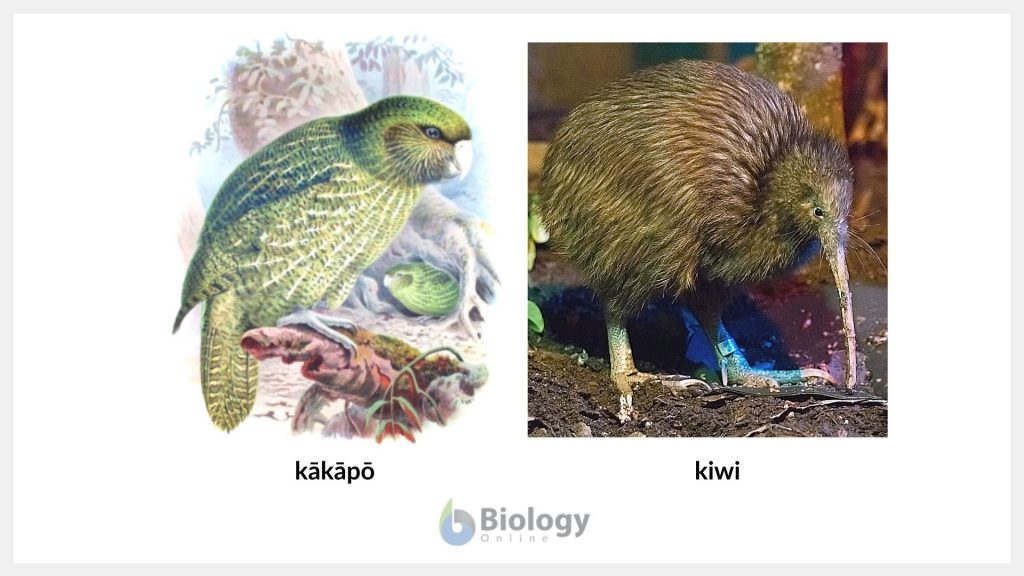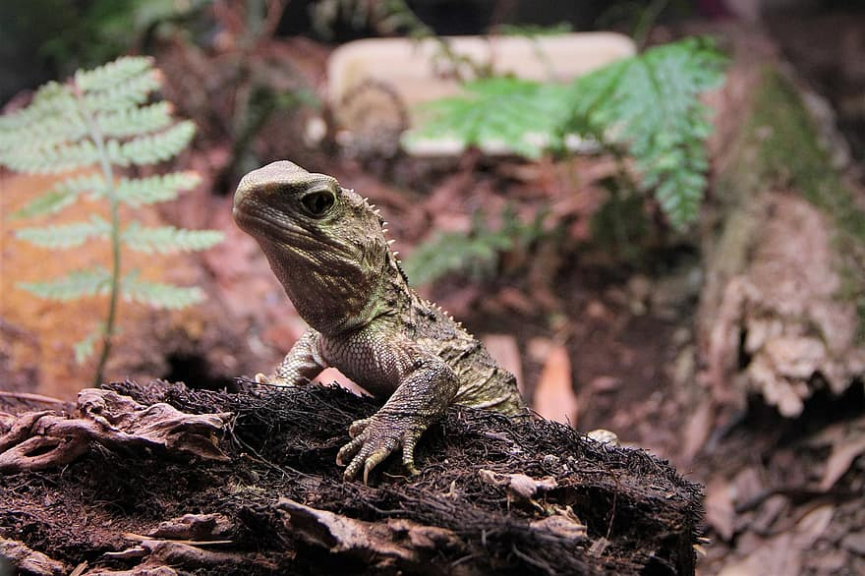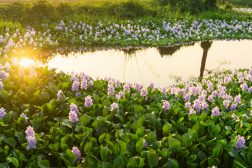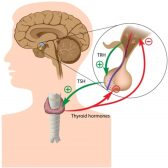New Zealand’s Biodiversity

Endemic species of New Zealand
Table of Contents
Written by: Maria Victoria Gonzaga
Peer-reviewed by: Cathy Buntting, Ph.D. and Andrea Soanes
Why is New Zealand’s biota unique? Previously, we learned that the long geographic isolation of New Zealand from the other major landmasses led to its distinctively high species endemism. The historical events that transpired millions of years ago led to the formation of the country’s unique ecosystems. Now, let’s explore some of the various species that are endemic to New Zealand.
Endemism Defined
Let us first learn about the word endemism. Endemism is defined as an ecological state of a species or a group of species being endemic. When you say a species is endemic to a particular geographical area, it means the species is a natural inhabitant of that location and not found naturally anywhere else. If the species is found in a wide range of habitats and geographic locations, then, the ecological state would be referred to as cosmopolitan distribution, not endemism.
High Endemism in New Zealand
Geographical restrictions and environmental conditions are some of the major factors that influence endemism. For example, an island surrounded by a vast body of water is a geographical restriction. The seas surrounding the landmass tend to restrict the migration of terrestrial species (species that live on land). Thus, the kinds of species will depend on them getting to the island, and then being able to survive, reproduce, and thrive on the island.
New Zealand, in essence, has been isolated from the major landmasses. When the last land bridge to Gondwana was lost about 65 million years ago, some of Gondwana’s flora, fauna, and fungi species got separated from their relatives. Consequently, they evolved in isolation.
Native and Introduced Species
Apart from the endemic species, other native species of New Zealand reached the islands through sea and wind currents. (Ref.1) These species that arrived and established themselves became native indigenous species of the country. Conversely, species that have been brought by humans — whether on purpose or by chance — are referred to as introduced. (Ref.2)
Diverse Fauna and Flora and Unique Ecosystems
New Zealand is home to many extraordinary species and ecosystems. They have adapted to a life on the islands and over time they have evolved unique features. For instance, it is the only place where you can find kākāpō (Strigops habroptilus), a flightless parrot, and kiwi (Apteryx spp.), the bird with nostrils at the end of its beak. (Ref. 3)

Other remarkable birds that are endemic to New Zealand are bellbird (Anthornis melanura), hihi (Notiomystis cincta), kererū (Hemiphaga novaeseelandiae), takahē (Porphyrio mantelli), tūī (Prosthemadera novaeseelandiae), and whio (Hymenolanimus malacorhynchos). (Ref. 2)

The country is home to many fascinating insects, too. The Landcare Research in Auckland has a huge collection of insects, with millions of specimens. (Ref. 3) For example, wētā are the large flightless insects that you will find only in New Zealand.

Other remarkable insects are the scale insects found inside the barks of some trees. These insects produce sweet, sticky droplets called honeydew from the excess sugar they take from the tree via its phloem (one of the tree’s main vascular tissues). The honeydew serves as a rich food source for fungi, insects, and birds. The honeydew covers the tree bark or falls on the ground. This makes a suitable site for the black sooty mold fungi to grow. These fungi, in turn, serve as an important food source for insects, such as beetles and moths. The small insects, then, serve as food for birds. Also, when nectar is scarce, honeydew is what nectar-eating birds feed on. (Ref. 4)
Bats are the only endemic land mammals. The country’s fauna is dominated by birds and insects. (Ref.1) Because there were no ground-dwelling predators, some birds lost the ability to fly and became ground dwellers. They dominate many ecosystems, such as bushes and forests, where they disperse seeds, pollinate plants, and keep insect and other invertebrate populations stable.
Although New Zealand has few land mammals, its marine waters are home to many endemic marine mammals. In fact, they account for almost half of the world’s cetaceans (whales, dolphins, and porpoises). For example, Hector’s dolphin is a rare beaked whale that can only be found in New Zealand marine ecosystems. (Ref. 5)

As for its river ecosystems, the plants commonly found are mosses, duckweed, and water hyacinth. (Ref. 6) These plants provide an important food source to many invertebrates and fish. Some of the common invertebrates in the river systems are insects, crayfish, snails, clams, mussels, and limpets. Fish and water invertebrates, in turn, are an important food source for water birds.
Another interesting animal is the frog, Leiopelma spp. While many frogs need an aqueous habitat for breeding, most Leiopelma spp. live and breed on drylands. Those in drylands lay eggs that skip the larval stage. (Ref. 7) Tadpoles develop inside the egg and then the egg hatches into froglets.

As for native reptiles, they are represented by tuatara, skinks, and geckos.

Many plants in New Zealand are also unique. About 82% of New Zealand plants are endemic. (Ref. 8) The oldest primeval forests in the world, the largest type of moss, and some of the largest tree ferns are found here.
Many of the flowering plants produce small and white flowers. Showy flowers seem unnecessary because most of the pollinators, such as moths, native bees, crawling insects, and lizards, are generally attracted to the floral scent rather than color. (Ref. 8)
Most trees do not shed their leaves in winter and therefore are evergreen. And many are dioecious, meaning male and female flowers are not borne on the same tree.
Many plants have different forms. This is because some plants of different species within a family cross-pollinate. The result is new varieties of plants within the genus. As an example, genusVeronica consists of various species, such as koromiko and Bentham’s hebe.

Importance of High Biodiversity
Rich biodiversity is essential to a healthy ecosystem. Each species occupies a specific niche — an ecological role to fulfill. The extinction of one could lead to the death of another. The arrival of human settlers, for instance, led to the introduction of rats, ferrets, and other mammals on the islands. As aggressive bird predators, these mammals caused the extinction of many small animal species. Human activities, too, have been a crucial factor in the extinction of some endemic species on the islands. For example, overhunting is regarded as an added pressure to the already declining population of the large flightless birds, moas. (Ref. 9) When these birds became extinct, the Haast’s eagle, a native predator of moa, became extinct, too.
In the next lesson, let us take a closer look at some of the fascinating endemic animals in New Zealand.
References:
1. New Zealand’s unique ecology. (2020). Science Learning Hub. https://www.sciencelearn.org.nz/resources/1440-new-zealand-s-unique-ecology
2. Endemic, native or introduced birds. (2010). Science Learning Hub. https://www.sciencelearn.org.nz/resources/1166-endemic-native-or-introduced-birds
3. New Zealand’s unique ecosystems – introduction. (2020). Science Learning Hub. https://www.sciencelearn.org.nz/resources/1762-new-zealand-s-unique-ecosystems-introduction
4. Honeydew ecosystem. (2020). Science Learning Hub. https://www.sciencelearn.org.nz/resources/1436-honeydew-ecosystem
5. Marine mammals. (2020). Govt.Nz. https://www.doc.govt.nz/nature/native-animals/marine-mammals/
6. River ecosystems. (2014). Science Learning Hub. https://www.sciencelearn.org.nz/resources/439-river-ecosystems
7. The Economics of Regulation in Agriculture. (2010). Google Books. https://books.google.co.uk/books?id=YYsZLJjE2aoC&pg=PA88#v=onepage&q&f=false
8. The uniqueness of New Zealand plants. (2018). Science Learning Hub; Science Learning Hub. https://www.sciencelearn.org.nz/resources/2635-the-uniqueness-of-new-zealand-plants
9. Why Did New Zealand’s Moas Go Extinct? (2014, March 17). Science | AAAS. https://www.sciencemag.org/news/2014/03/why-did-new-zealands-moas-go-extinct
You will also like...

Stems
Stems primarily provide plants structural support. This tutorial includes lectures on the external form of a woody twig ..

Sugar Homeostasis
The blood sugar level is regulated by two hormones. The mechanism behind this type of negative feedback control is descr..

Fruits, Flowers, and Seeds
This tutorial deals with the structure and function of flowers, fruits, and seeds. Also included here are the types of f..

Still Water Community Plants
This tutorial looks at the adaptations of freshwater plants for them to thrive in still water habitats. Familiarize your..

Hormone Production
Hormones are chemical messengers produced by specialized glands and they were produced by switching on the genes designe..

Meiosis and Alternation of Generations
Plants are characterized by having alternation of generations in their life cycles. This tutorial is a review of plant m..
